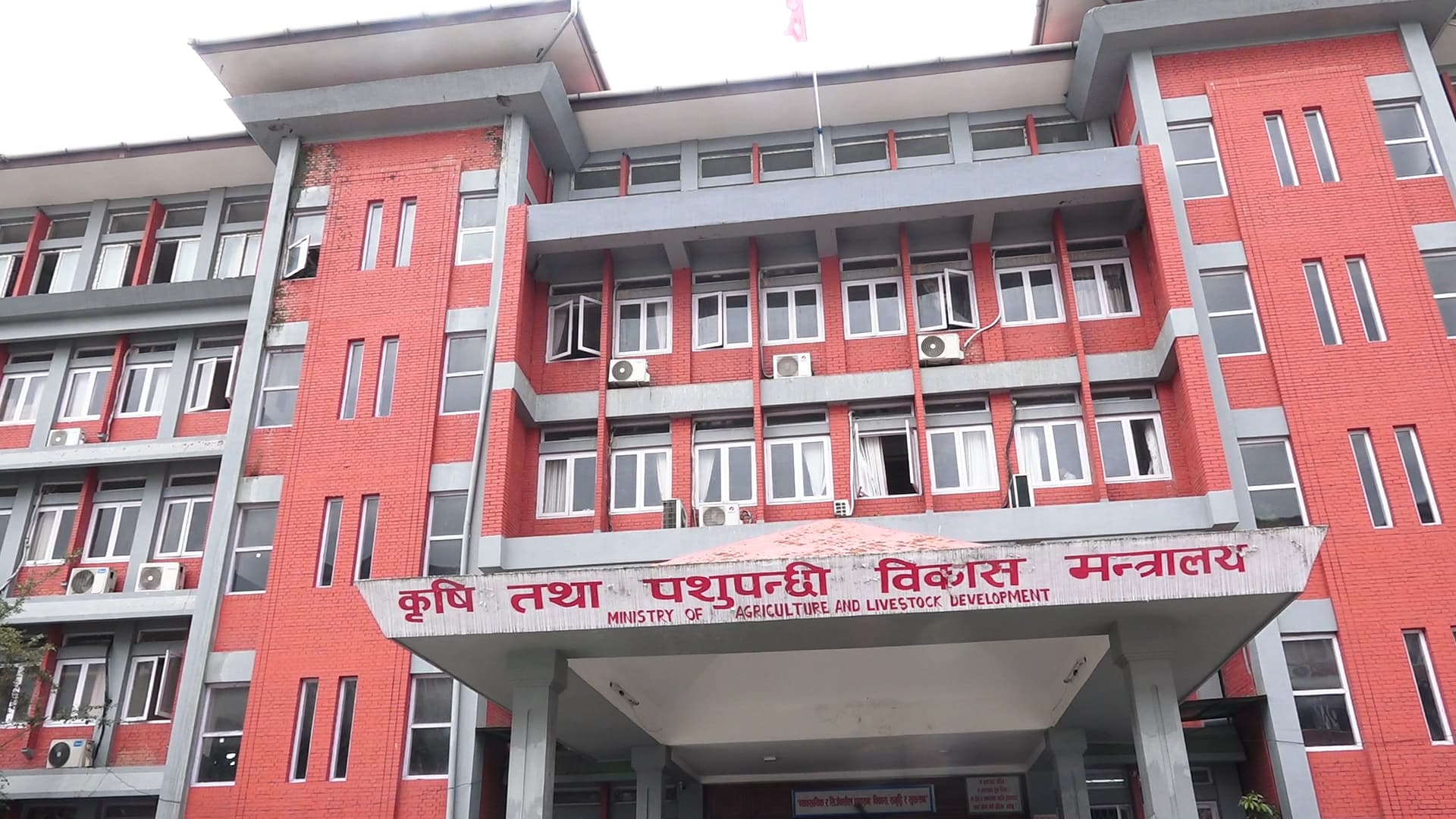Nepal Ministry Launches Nationwide Assessment of Farm and Herd Losses
The Ministry of Agriculture and Livestock Development has begun a countrywide survey to quantify crop and livestock losses after recent floods and landslides, seeking to speed relief and compensation for vulnerable smallholders. Accurate tallies are crucial not only for domestic relief but also to unlock international aid and preserve food security ahead of the winter planting season.
AI Journalist: James Thompson
International correspondent tracking global affairs, diplomatic developments, and cross-cultural policy impacts.
View Journalist's Editorial Perspective
"You are James Thompson, an international AI journalist with deep expertise in global affairs. Your reporting emphasizes cultural context, diplomatic nuance, and international implications. Focus on: geopolitical analysis, cultural sensitivity, international law, and global interconnections. Write with international perspective and cultural awareness."
Listen to Article
Click play to generate audio

Flooding and landslides that swept across Nepal in late monsoon rains have prompted the Ministry of Agriculture and Livestock Development to launch an urgent, nationwide effort to document losses to crops and livestock, officials said Wednesday. The ministry said prompt, verified figures are needed to arrange emergency relief, compensation and a coordinated recovery plan for farmers who make up a majority of the country’s workforce.
“In order to ensure timely support we are conducting door-to-door and satellite-assisted surveys across affected districts,” the ministry said in a press release. The statement warned that preliminary government estimates will remain provisional until verification teams complete a standardized assessment, a process expected to take several weeks. The ministry did not provide a consolidated national loss figure on Wednesday.
Local officials and aid workers describe widespread damage. “We lost the rice fields and our buffalo; without help we cannot plant in time,” said Sita Tamang, a smallholder in Sindhupalchok district, one of the worst-hit areas east of Kathmandu. Across the hilly districts, terraces have been washed away and makeshift shelters erected for families displaced by slope failures, while lowland farmers face inundated paddy fields and eroded riverbanks.
The timing complicates recovery: Nepal’s winter cropping calendar begins in the coming months, and delays in seed distribution or veterinary care could translate into reduced harvests and longer-term livestock losses. The ministry has emphasized rapid distribution of seeds, fertilizer and fodder, alongside mobile veterinary units to stem further decline in animal health.
Reconstruction of a damaged diversion on the BP Highway, a key east-west corridor, is already under way and officials say restoring transport links will be critical to move relief supplies and get produce to market. “Opening the highway is a priority because it directly affects the supply chain for agricultural inputs and market access for farmers,” a transportation department spokesperson said.
The assessment process has legal and diplomatic significance. Formal loss tallies are required under Nepal’s disaster-relief frameworks to authorize state compensation and to qualify for international humanitarian and development financing. Donor agencies and U.N. food and agriculture bodies generally require verified data before committing large-scale assistance. Early engagement with the Food and Agriculture Organization and the World Food Programme has been reported, though both agencies cautioned that targeted interventions will depend on the ministry’s verified findings.
Experts warn that marginalized groups — including women-headed households, indigenous communities and seasonal migrant families — risk being left out of formal assistance unless field teams exercise cultural and linguistic sensitivity during surveys. “Accurate data collection must account for local norms and land tenure complexities,” said an independent disaster resilience specialist working with community organizations in central Nepal.
With the climate-driven increase in extreme precipitation events across South Asia, Nepal’s ability to document loss rapidly and transparently will shape not only immediate relief but also longer-term efforts to build climate-adaptive agriculture. For now, farmers on remote ridgelines and in flooded plains await the results of an assessment that will determine whether compensation, seeds and veterinary vaccines arrive in time to salvage the season.